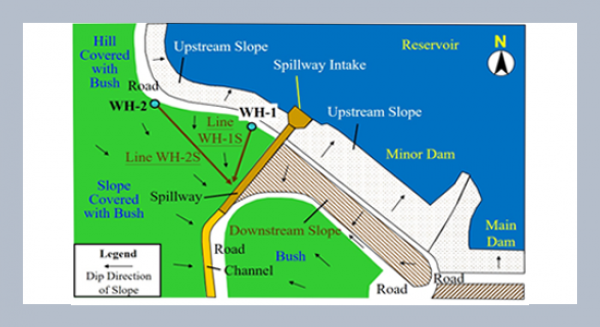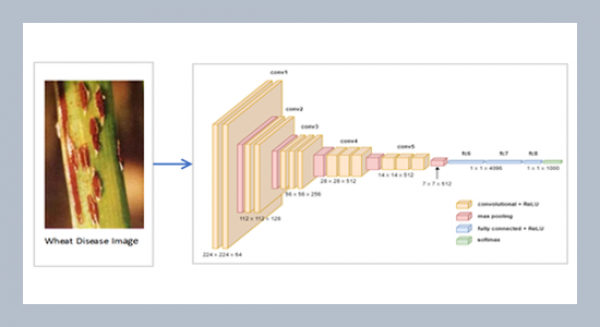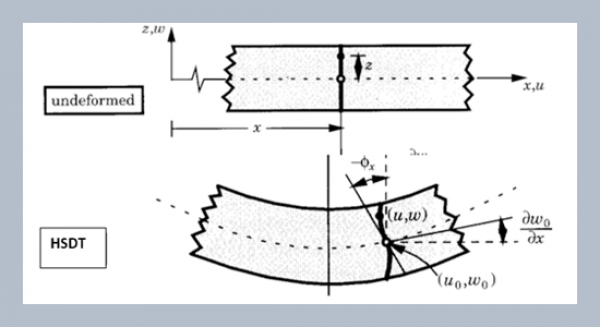N. Varagunapandiyan and N. Nagendra Gandhi1 Department of Chemical Engineering, A. C of Technology, Anna University, Chennai - 600025, India.
Download Citation:
|
Download PDF
This paper presents a comprehensive study on the effect of hydrotropes on the solubility and mass transfer coefficient of ethyl acetate in water. The solubility and mass transfer studies were performed using hydrotropes such as tri-sodium citrate, urea, sodium benzoate, and sodium salicylate under a wide range of concentrations (0 to 3.0 mol/L) and system temperatures (303 to 333 K). The performance of the hydrotropes was measured in terms of the Setschenow constant (Ks). It was found that the solubility of ethyl acetate increases with increase in hydrotrope concentration and also with system temperature. A Minimum Hydrotrope Concentration (MHC) in the aqueous phase was found required to initiate significant solubilization of ethyl acetate. Consequent to the increase in solubilization of ethyl acetate, the mass transfer coefficient was also found to increase with increase in hydrotrope concentration. All hydrotropes used in this work showed an enhancement in the solubility and mass transfer coefficient to different degrees. The maximum enhancement factor, which is the ratio of the value in presence and absence of a hydrotrope, has been determined for both solubility and mass transfer coefficient. These characteristics would be much useful in increasing the rate of output of the desired product made from ethyl acetate. In addition, the separation of ethyl acetate from any liquid mixture which is found to be difficult can be carried out effectively using this technique.ABSTRACT
Keywords:
hydrotropy; solubilization; mass transfer co-efficient; Separation
Share this article with your colleagues
REFERENCES
ARTICLE INFORMATION
Accepted:
2008-11-10
Available Online:
2008-11-01
N., Varagunapandiyan, Gandhi, N.N. 2008. Enhancement of solubility and mass transfer coefficient through hydrotropy. International Journal of Applied Science and Engineering, 6, 97–110.https://doi.org/10.6703/IJASE.2008.6(2).97
Cite this article:















